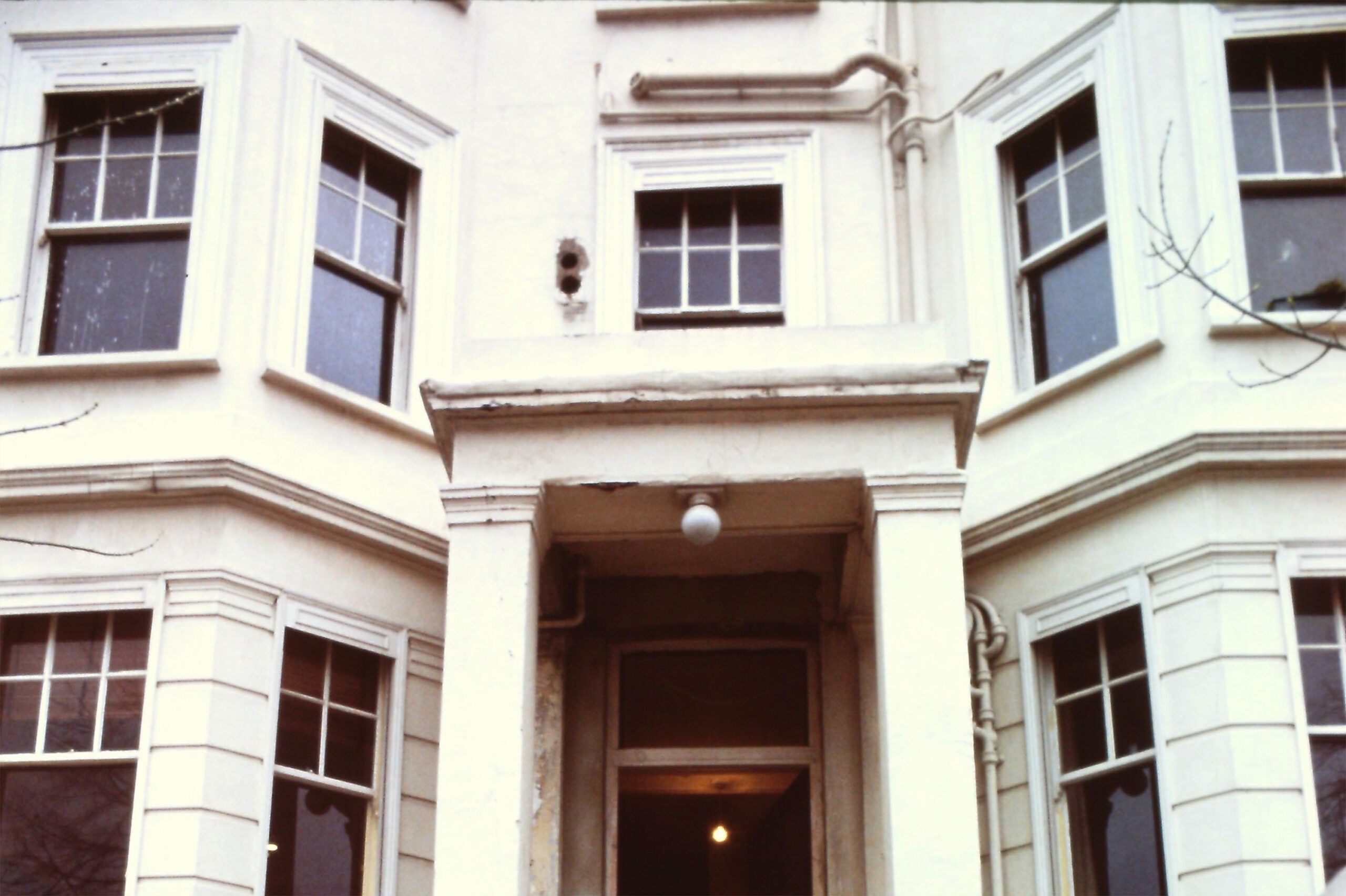In 1991,This Old House took on its first overseas project, the complete overhaul of the top floor of a six-story 1857 Georgian townhouse in the Notting Hill section of London. Newly purchased by Jeremy and Carla Vogler—he American, she Australian—this former school for the blind was a short series of cramped and damp rooms. But with excellent views from its windows and rooftop and its location in a hot part of town, the flat had tremendous potential.
With a capable London general contractor and a stylish architect, the Voglers seemed set for a successful, if ambitious, gut rehab of the flat. Architect Trevor Clapp informed the homeowners that their plans for façade changes and a new rooftop terrace would likely gain the approval of London’s vigilant conservation council. Progress was swift and dramatic, as contractor David Booth’s crew covered the entire building in scaffold and began removing the roof. Structural steel beams were lifted into place by crane and in no time workers were busy with framing, wiring and plumbing. Made-in-the-U.S.A. windows arrived by air freight while plastering began in the master bedroom and the stairway was treated for dry rot.
With the project on track and well underway, we did the tourist thing This Old House-style, taking in as much of British building history as we could. Rich Trethewey toured Bath, site of 2,000 year-old Roman plumbing works, while our host paid calls to the Tower of London, the Thames Barrier and an ancient stone circle on the Salisbury Plain. A visit to master thatcher Christopher White got us a lesson in that ancient roofing art, while a local craftsman led a tour of his “purpose-built”—British for “custom-made”—furniture factory where the Vogler’s new staircase was made.
And then disaster struck. The local planning authority stopped work on the project, stating its desire to review the project’s proposed changes to the front roof’s mansard profile, by then already in place. Work eventually continued, but not until the Voglers hired a professional to negotiate with the authorities on such matters. In the end, the council planner gave the Voglers three design options for the front facade. They chose to move the front wall back, replacing upright steel beams with slanted ones that provided the proper 72-degree pitch for the mansard roof.
By the time the show’s deadline hit, the project was far from complete. Before leaving, we saw the new slanted steel installed while Jeremy looked on only a few feet away in the nearly-completed kitchen. A few months later, we returned to shoot the final product—a sleek flat with touches both traditional and contemporary.

